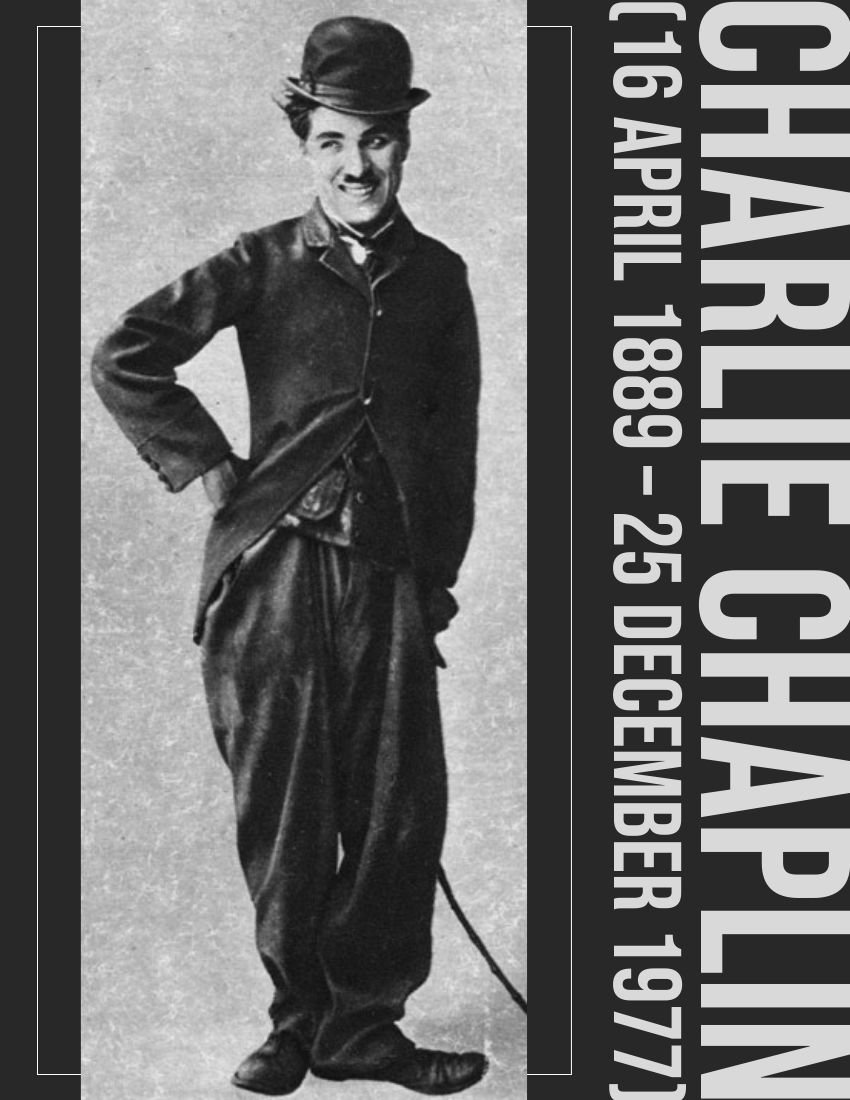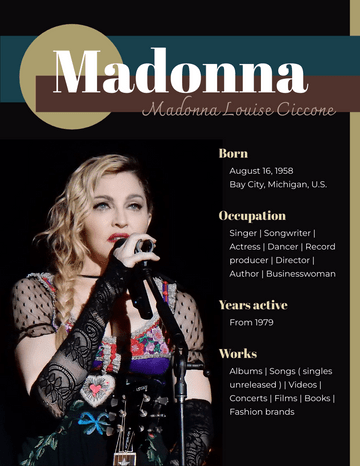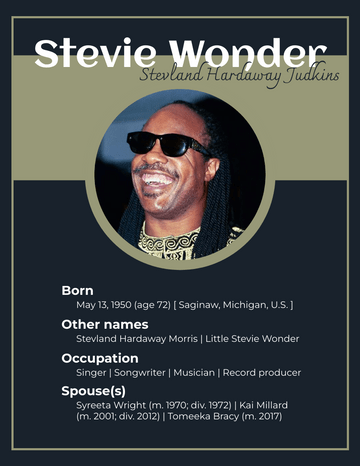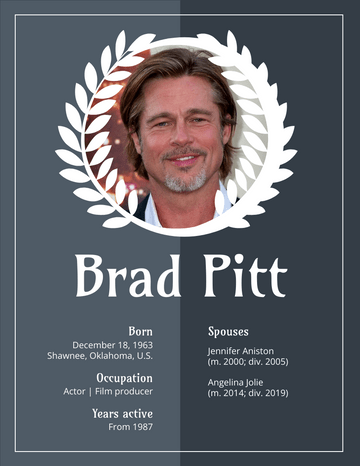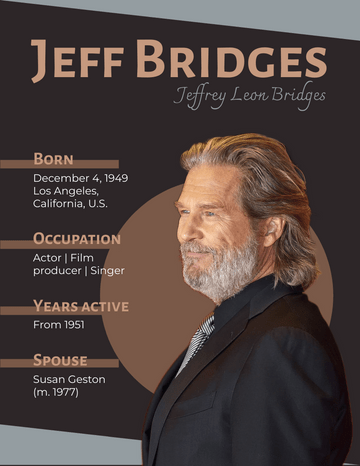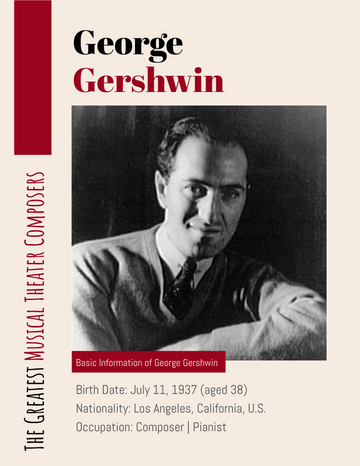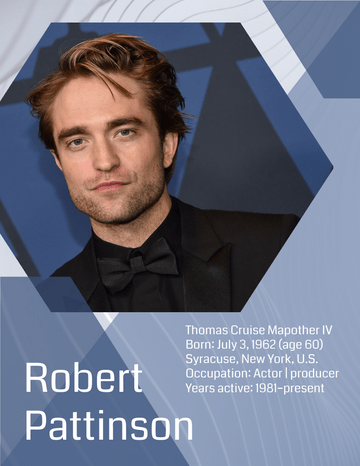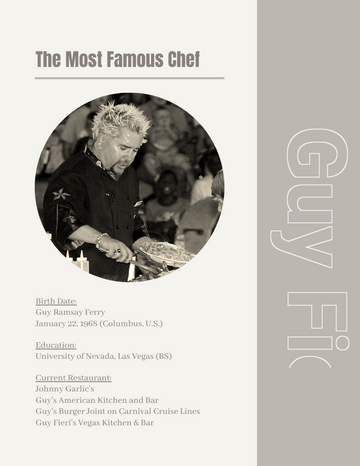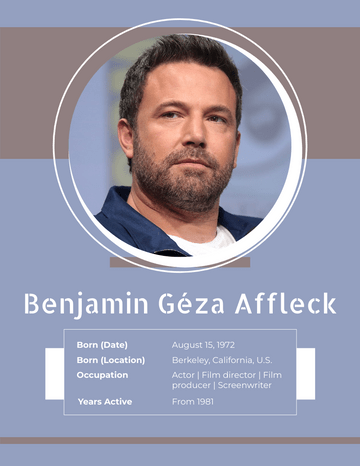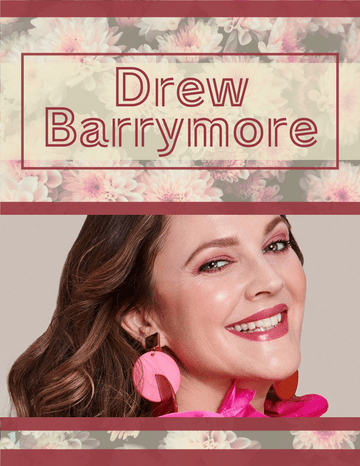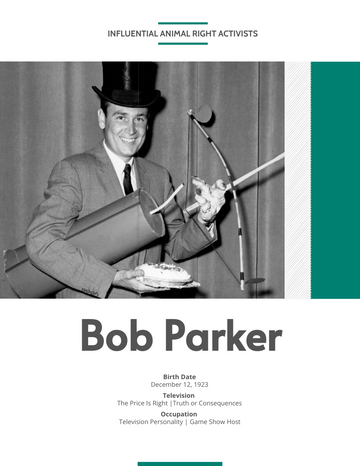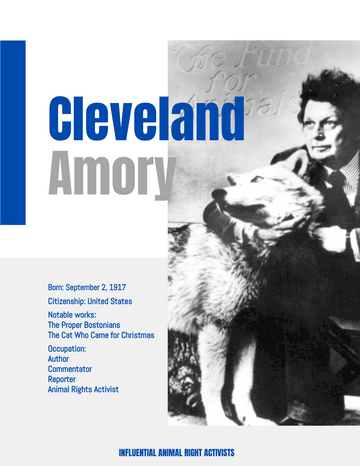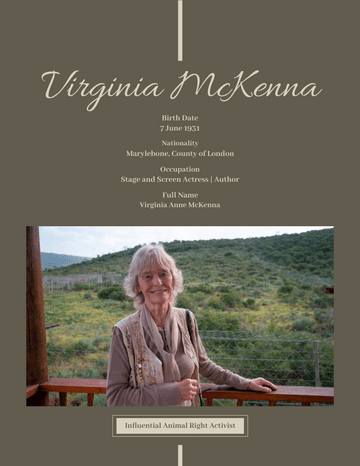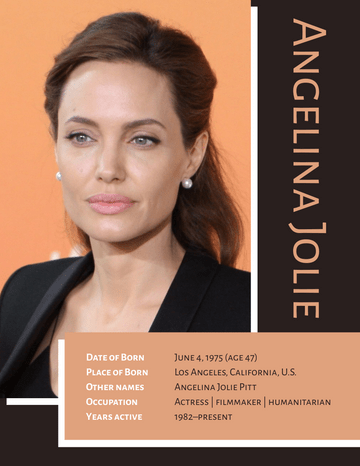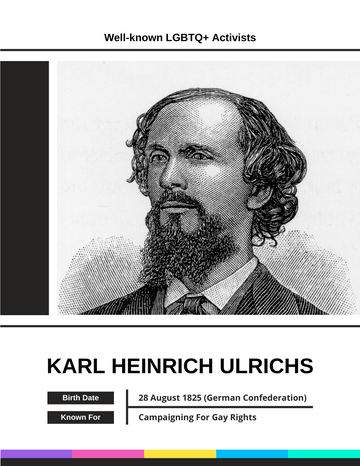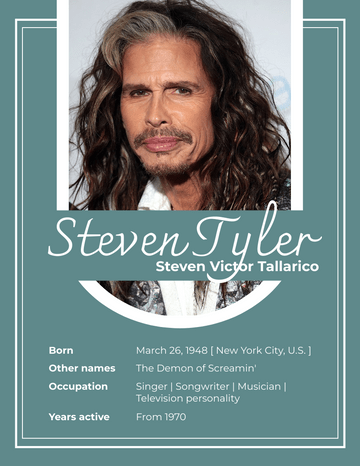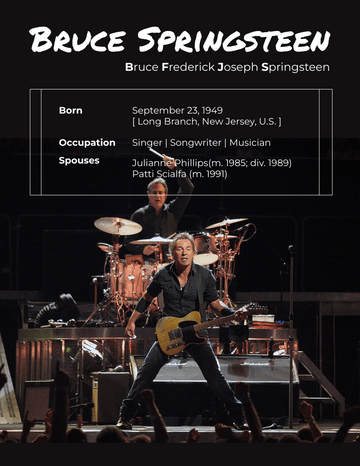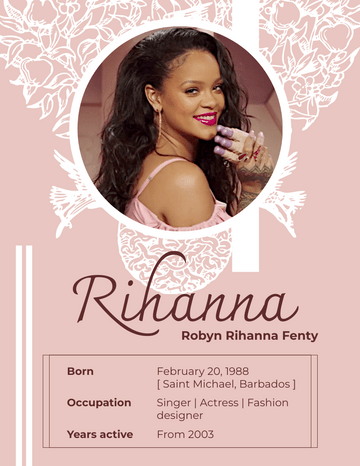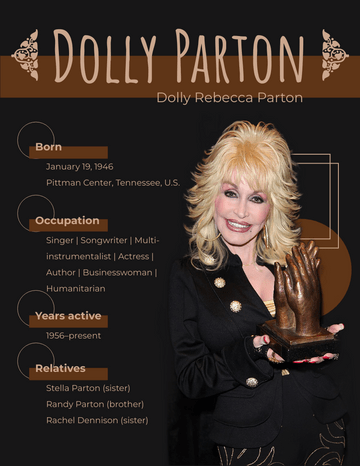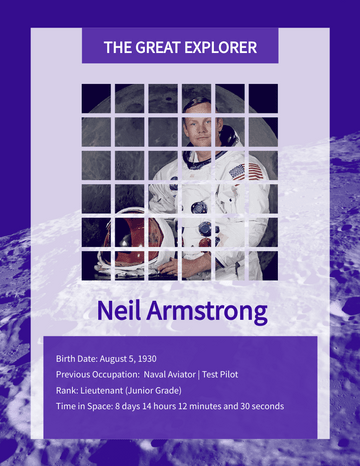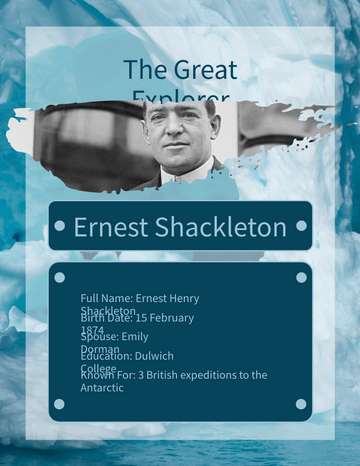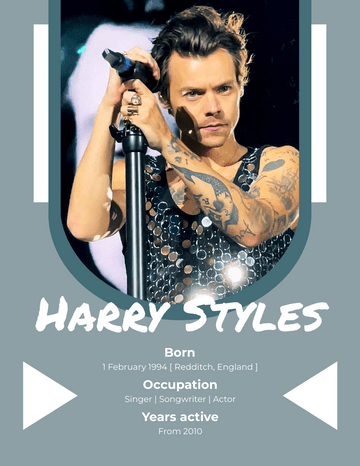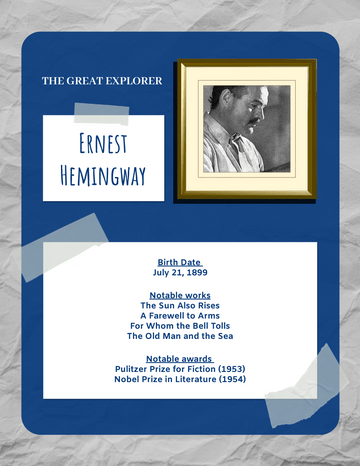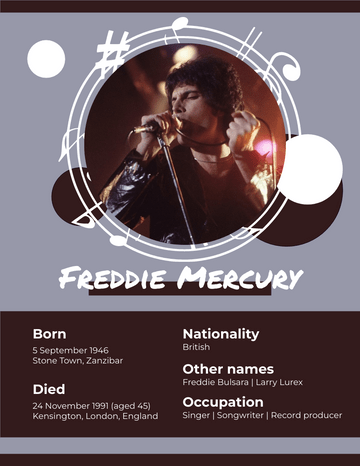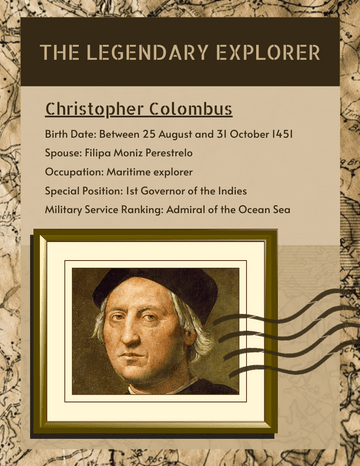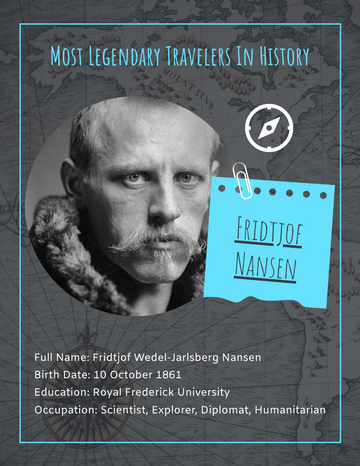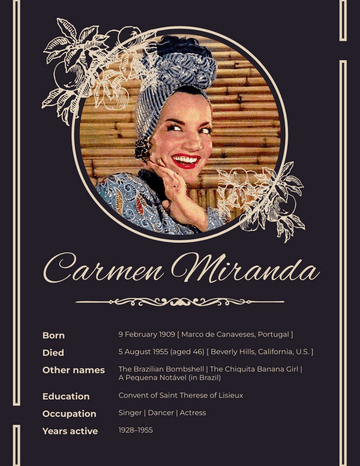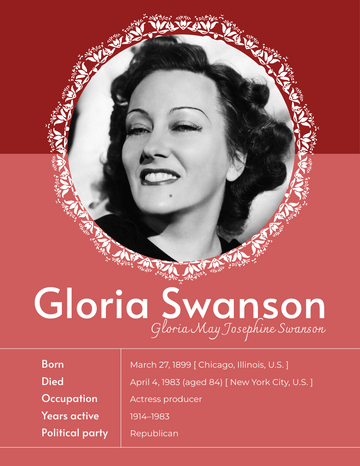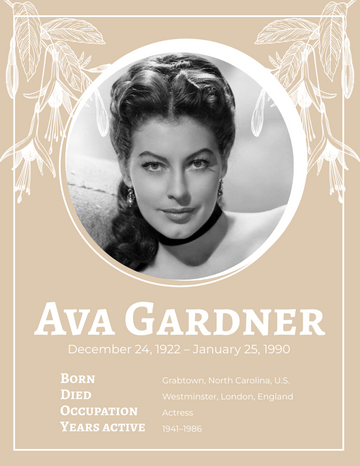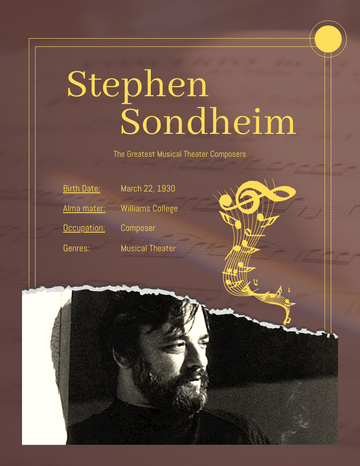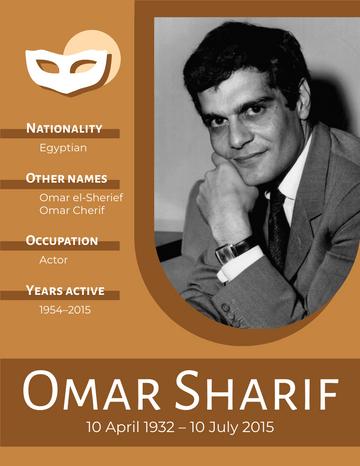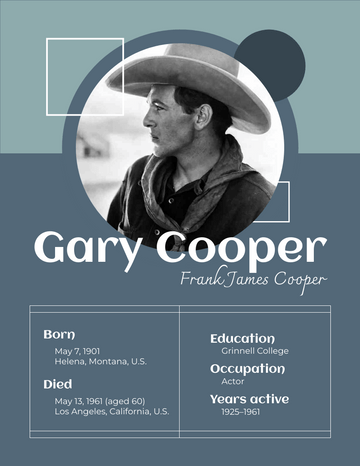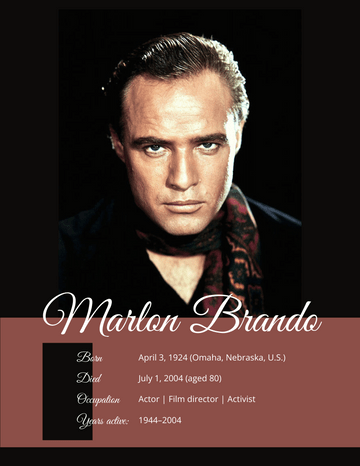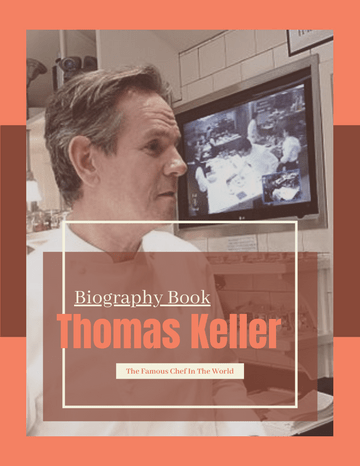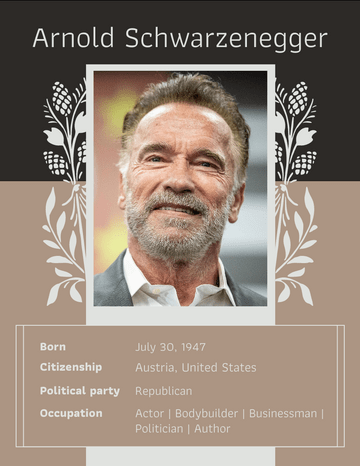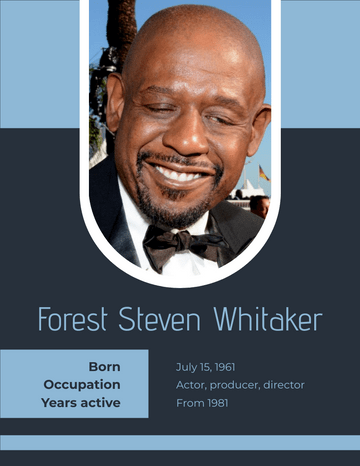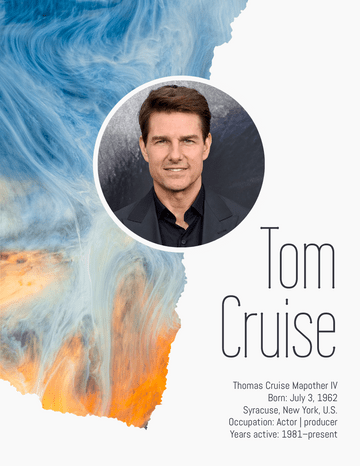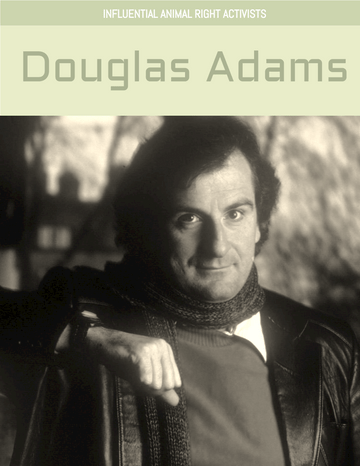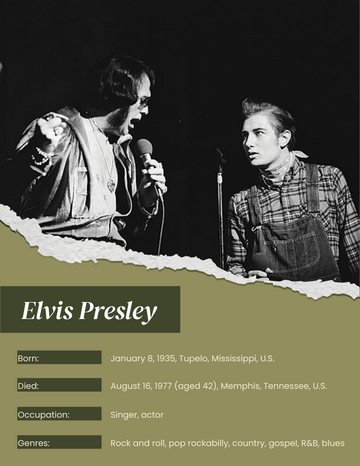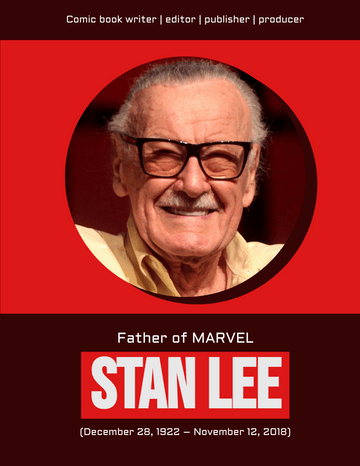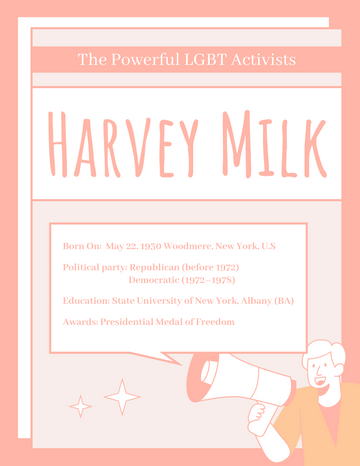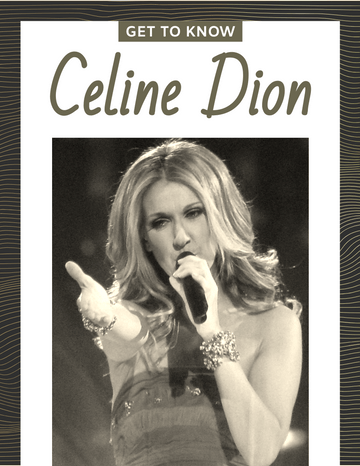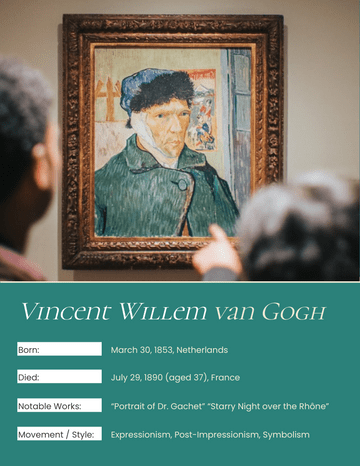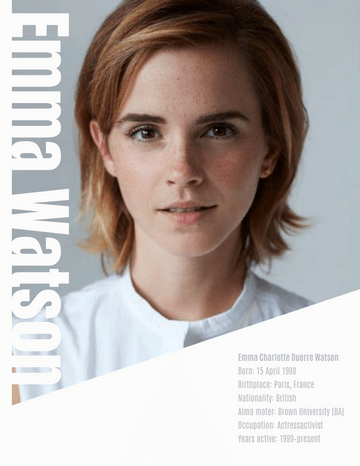Sir Charles Spencer Chaplin Jr. KBE
Birth - Death: 16 April 1889 – 25 December 1977
Occupation: Actor | comedian | director | composer | screenwriter | producer | editor
Years active: 1899-1975
He was an English comic actor, filmmaker, and composer who rose to fame in the era of silent film. He became a worldwide icon through his screen persona, the Tramp, and is considered one of the film industry's most important figures. His career spanned more than 75 years, from childhood in the Victorian era until a year before his death in 1977, and encompassed both adulation and controversy.
All of Chaplin's films up to and including The Circus (1928) were silent, although many were re-issued with soundtracks. City Lights (1931) and Modern Times (1936) were essentially silent films, although they were made with soundtracks consisting of music and sound effects, with talking sequences in the latter film. Chaplin's last five films were all talking pictures. Aside from A Countess From Hong Kong, all of Chaplin's films were photographed in 35mm black-and-white.
Click here to read the flipbook.
More About Him
Chaplin believed his first influence to be his mother, who entertained him as a child by sitting at the window and mimicking passers-by: "it was through watching her that I learned not only how to express emotions with my hands and face, but also how to observe and study people."
Chaplin's early years in music hall allowed him to see stage comedians at work; he also attended the Christmas pantomimes at Drury Lane, where he studied the art of clowning through performers like Dan Leno. Chaplin's years with the Fred Karno company had a formative effect on him as an actor and filmmaker. Simon Louvish writes that the company was his "training ground", and it was here that Chaplin learned to vary the pace of his comedy. The concept of mixing pathos with slapstick was learnt from Karno, who also used elements of absurdity that became familiar in Chaplin's gags.
From the film industry, Chaplin drew upon the work of the French comedian Max Linder, whose films he greatly admired. In developing the Tramp costume and persona, he was likely inspired by the American vaudeville scene, where tramp characters were common.
Creation
Chaplin wrote, directed, produced, edited, starred in, and composed the music for most of his films. He was a perfectionist, and his financial independence enabled him to spend years on the development and production of a picture.
His films are characterised by slapstick combined with pathos, typified in the Tramp's struggles against adversity. Many contain social and political themes, as well as autobiographical elements. He received an Honorary Academy Award for "the incalculable effect he has had in making motion pictures the art form of this century" in 1972, as part of a renewed appreciation for his work. He continues to be held in high regard, with The Gold Rush, City Lights, Modern Times, and The Great Dictator often ranked on lists of the greatest films
Music
Chaplin developed a passion for music as a child and taught himself to play the piano, violin, and cello. He considered the musical accompaniment of a film to be important, and from A Woman of Paris onwards he took an increasing interest in this area. With the advent of sound technology, Chaplin began using a synchronized orchestral soundtrack – composed by himself – for City Lights (1931).
He thereafter composed the scores for all of his films, and from the late 1950s to his death, he scored all of his silent features and some of his short films.
